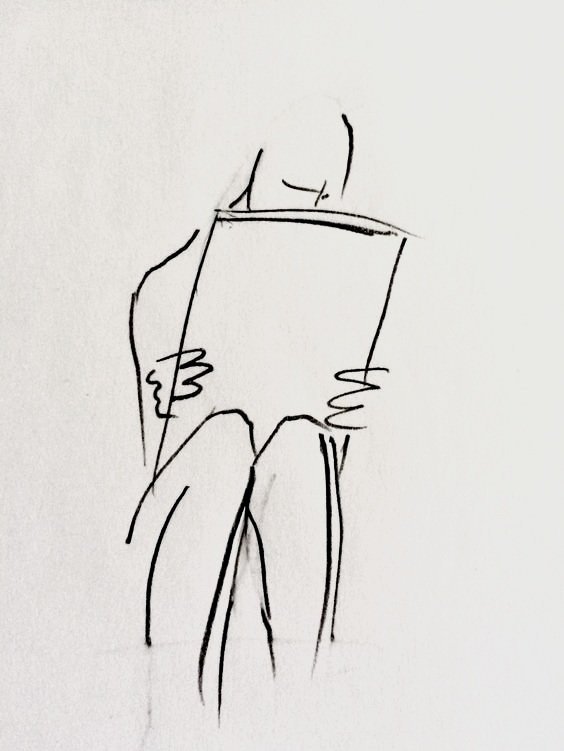Haim on the Art of Quitting
By Wim Langedijk for HURS
Haim on the Art of Quitting
HUR Reads is our definitive shortlist of the most prominent articles from around the web.
By HURS Team
1
Haim Sets Off on a Rampage
Haim’s fourth album, I Quit, is a bold, candid exploration of love, freedom, and self-discovery, emerging from the sisters’ simultaneous breakups. Co-produced by Danielle Haim and Rostam Batmanglij, the album blends confessional lyrics with playful, propulsive rhythms. Tracks like “Gone” and “Everybody’s Trying to Figure Me Out” channel liberation and emotional complexity, mixing raw vulnerability with optimism. Reflecting on nostalgia, heartbreak, and the messy in-between spaces of relationships, I Quit captures a moment of transformation and release. The band embraces imperfection and honesty, stripping back layers to reveal an album both intimate and defiant. As the Haim sisters set off on what they call a “rampage,” the record offers a liberating soundtrack for breaking free and moving forward.
THE NEW YORKER
Scott Reyburn reports that this year’s Swiss edition of Art Basel reflects a shifting art market. Though major galleries brought standout works and high price tags, actual sales were cautious, and few topped $10 million. Many collectors had already purchased pieces online, blunting the fair’s traditional energy. Attendance, particularly among Americans, was lighter, and some visitors found the event safe and predictable. With stronger competition from Art Basel Paris and new global fairs emerging, questions are mounting about whether Basel can maintain its status as the art world’s unmissable fair.
THE NEW YORK TIMES
Diane Mehta’s “Rehearsal Scenes” offers a poetic glimpse into the intimate and evolving world of the New Chamber Ballet. Over a year and a half, Mehta observed dancers in rehearsal, capturing the tension, trust, vulnerability, and strength that underpin their artistry. The piece explores the delicate balance between collaboration and individual expression, highlighting the dancers’ commitment to their craft and the emotional layers behind their movements. It’s a reflective meditation on creativity, discipline, and the transformative power of performance.
THE PARIS REVIEW
This piece contrasts two very different visions of pop stardom through Miley Cyrus’s Something Beautiful and Addison Rae’s debut Addison. Cyrus pursues artistic grandeur, blending genres and lush production in a quest for prestige—but risks losing the playful spark that makes pop feel alive. Meanwhile, Rae embraces pop’s essential joy, delivering an inventive, nostalgic, and carefree album that celebrates fun over seriousness. The article reveals a tension at the heart of contemporary pop: between the desire to be taken seriously as an artist and the power of pure, unfiltered entertainment. In this landscape, Rae’s album stands as a vital reminder that pop’s magic often lies in its ability to simply make us feel good.
THE ATLANTIC
Kelsey Eisen’s article explores the origins and criticisms of the popular concept of love languages. Introduced by Baptist minister Dr. Gary Chapman in 1992, the five love languages—words of affirmation, quality time, receiving gifts, acts of service, and physical touch—were based on Chapman's counseling experience, not scientific research. Chapman, with a PhD in adult education rather than psychology, created the framework without formal therapeutic credentials. Critics highlight the lack of strong empirical support and caution that love languages may oversimplify relationships. Some studies have found little evidence that matching love languages improves relationship satisfaction. Despite its popularity, the article suggests love languages might not be as universally valid or scientifically grounded as commonly thought.
